Solar
Erika and Achim Ginsberg-Klemmt
Solar
Jonathan Lwowski
Solar
Dr. Eric Schneller

Chroma Energy Group is proud to announce the completion of a new 1.4-Megawatt solar installation at McGhee Tyson Air National Guard Base in Louisville, Tennessee. Chroma Energy Group began constructing the installation in April 2023 as a subcontractor to Apex Construction Group of Lenoir City.
The solar system, designed to enhance the base’s energy resilience and offset energy costs, is part of a phased initiative to establish a microgrid at McGhee Tyson Air National Guard Base. The base will eventually add battery storage to the installation, further reducing the base’s grid reliance.
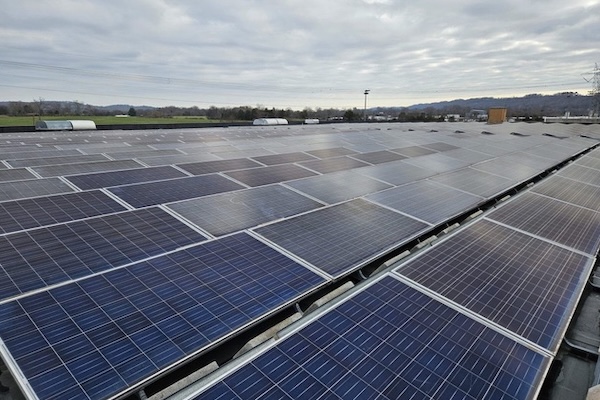
Chroma Energy Group completed a 1.4-Megawatt solar installation at McGhee Tyson Air National Guard Base in Louisville, Tennessee. The system enhances the base's energy resilience and offsets energy costs. (Credit: Chroma Energy Group)
Once finished, the microgrid will enhance base operations during power outages and national emergencies, providing increased energy reliability for critical operations like air refueling missions.
“We are honored to be a part of this important project for the Tennessee Air National Guard,” said Ed Rottmann, chief executive officer for Chroma Energy Group. “This project is a great opportunity to help ensure the base is prepared for the future. We’re proud to support the Air National Guard in their important mission.”
Constructing a solar array near an airfield comes with unique considerations. Chroma Energy Group conducted reflection studies and carefully positioned the solar panels’ tilt angle to prevent glare from affecting flight operations at the base and nearby civilian airport.
"This installation is visible to all who fly over the base. To us, it’s a symbol of our commitment to energy resilience that enhances peoples’ lives,” said Rottmann. “Solar power plays a crucial role in our nation’s energy future, and we are proud to contribute to the Air National Guard’s long-term energy reliability goals and be a part of that.”
As energy needs evolve, Chroma Energy Group remains committed to providing cutting-edge solutions to support missions, organizations and communities throughout the United States.
Chroma Energy Group | www.chromaenergygroup.com

Power Factors, the leading renewable energy management suite (REMS) provider, has appointed Laura Beane, President, Vestas North America, to its Board of Directors. Beane brings unparalleled expertise and a wealth of experience spanning three decades in the renewable energy sector across manufacturing, development, energy delivery, and services.
Beane currently leads Vestas’ North American business as President, overseeing more than 49 GW of wind turbines installed and 43 GW under service in the U.S. and Canada. In February, she stepped into the role of Board Chair for American Clean Power Association, leading the trade group’s initiatives to drive a robust, secure energy future in the U.S.
Previously, Beane was the Chief Renewables Officer for ENGIE North America, where she successfully integrated grid-scale wind and solar, distributed solar, and storage companies to support ENGIE’s shift to clean energy. She also served as the President & CEO of Avangrid Renewables, the culmination of a 20-year tenure at the organization.
"Laura is a knowledgeable, talented renewable energy leader and an invaluable addition to the Power Factors Board of Directors,” said Julieann Esper Rainville, CEO, Power Factors. “Her extensive experience across nearly every part of the renewable energy value chain will enhance our strategic direction and further our mission to optimize every kilowatt -hour of renewable energy from the sensor to the cloud.”
Beane joins at a pivotal moment in Power Factors' growth following the successful launch of Unity REMS. Unity is one of the most widely deployed REMS in the market, with more than 300 GW of renewable energy under management, including 24 GWh of battery energy storage systems, in more than 70 countries.
"Renewable energy developers urgently need scalable, unified solutions to manage their growing portfolios, and Power Factors is unmatched in the market with Unity REMS,” Beane shared. “I’m honored to contribute to Power Factors’ success and look forward to advising the company in its continued expansion as the energy transition accelerates across the globe.”
Beane’s role was sourced through the external board program operated by Vista Equity Partners, a global technology investor that specializes in enterprise software and a majority investor in Power Factors. Launched in 2017, the board program leverages Vista’s ecosystem and additional resources to identify, train, and appoint qualified board candidates for its portfolio companies. The program works to create a pipeline of highly talented board candidates through programs and partnerships that will drive results for the corporate world at large.
Power Factors | powerfactors.com

Impact Coatings has entered into a collaboration with Smoltek Hydrogen to explore the potential integration of Smoltek Hydrogen’s carbon nanofiber (CNF) technology into the Impact Coatings INLINECOATER series of PVD systems.
Carbon nanofibers have the potential to significantly enhance the performance of coatings used in PEM electrolyzers and PEM fuel cells – two critical applications in the transition to green hydrogen.
The aim of the collaboration is to evaluate whether Smoltek’s proprietary CNF technology for growth of nanofiber can be effectively integrated into Impact Coatings’ INLINECOATER systems, and to validate the scalability and industrial feasibility of manufacturing CNF-enhanced coatings in volume production environments.
Jonas Nilsson, CEO of Impact Coatings:
“We look forward to working with Smoltek Hydrogen to explore how their innovative CNF technology can complement and strengthen our coating technology offering. By combining our expertise in PVD coatings with their groundbreaking materials, we aim to develop solutions that meet future needs in hydrogen production and fuel cells.”
Ellinor Ehrnberg, CEO of Smoltek Hydrogen:
“This collaboration with Impact Coatings is an important opportunity to further explore the potential of our CNF technology and bring it closer to commercialization. By combining our expertise in carbon nanofibers with Impact Coatings’ experience in PVD technology, we look forward to jointly exploring new ways to enhance performance in critical applications such as PEM electrolyzers and fuel cells.”
Impact Coatings | https://impactcoatings.com/
Smoltek Hydrogen | https://www.smoltek.com/hydrogen/

UGE, a leader in commercial and community solar, announces that it has reached the ‘Notice to Proceed’ (NTP) milestone for its 1.3MW community solar project in Medford, New York. The NTP milestone indicates that financing for the project has closed and all necessary permits and interconnection agreements for the project are in place.
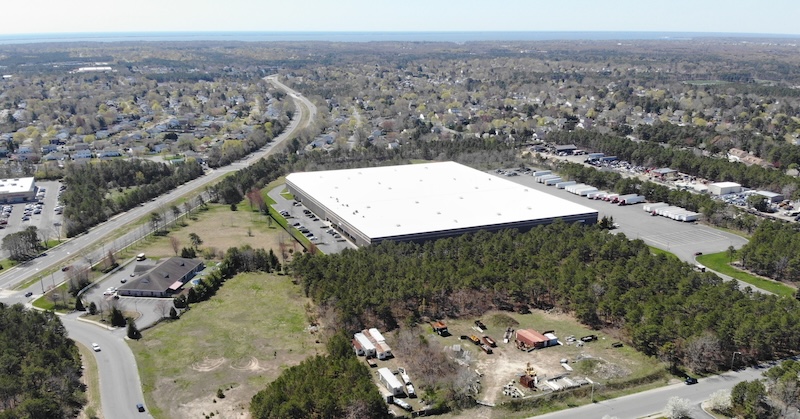
The project will be built atop Medford Logistics Center, a 130,000 square-foot industrial center in the heart of Long Island, developed by UGE’s long-term partner Wildflower LTD. This will be UGE’s eighth rooftop solar project completed with Wildflower, with a seventh currently under construction.
This is the second project for which UGE will leverage the Domestic Content Adder, an Investment Tax Credit introduced via the Inflation Reduction Act. Designed to strengthen the United States’ solar manufacturing industry, the Domestic Content Adder rewards solar developers for using domestically produced equipment in their projects. Eager to support a stronger domestic solar manufacturing industry, UGE established a Module Supply Agreement last year with Heliene, one of North America’s fastest growing solar manufacturers. For this and other projects under construction, UGE is utilizing U.S.-made solar modules from Heliene, inclusive of US-made cells.
Each year, the Medford Logistics solar project will offset roughly 1,500 metric tons of Carbon Dioxide (CO2) equivalent, the amount produced by burning approximately 170,000 gallons of gasoline. It will produce enough electricity to power roughly 200 homes each year.
As part of an ongoing partnership announced in November 2021, wireless provider T-Mobile will serve as the project's anchor energy off-taker, supporting T-Mobile's commitment to power its business using 100% renewable energy.
Having reached NTP, the Medford project will now enter deployment and construction, the final phase before commercial operation. Once complete, the projects will join UGE’s operating portfolio, which currently stands at 24MW. The Medford project is projected to complete construction and begin operating this fall.
UGE | www.ugei.com

Soluna Holdings, Inc. (“Soluna” or the “Company”), (NASDAQ: SLNH), a developer of green data centers for intensive computing applications including Bitcoin mining and AI, announced that it has signed the necessary definitive agreements to secure two parcels of land required to build Project Kati in Texas.
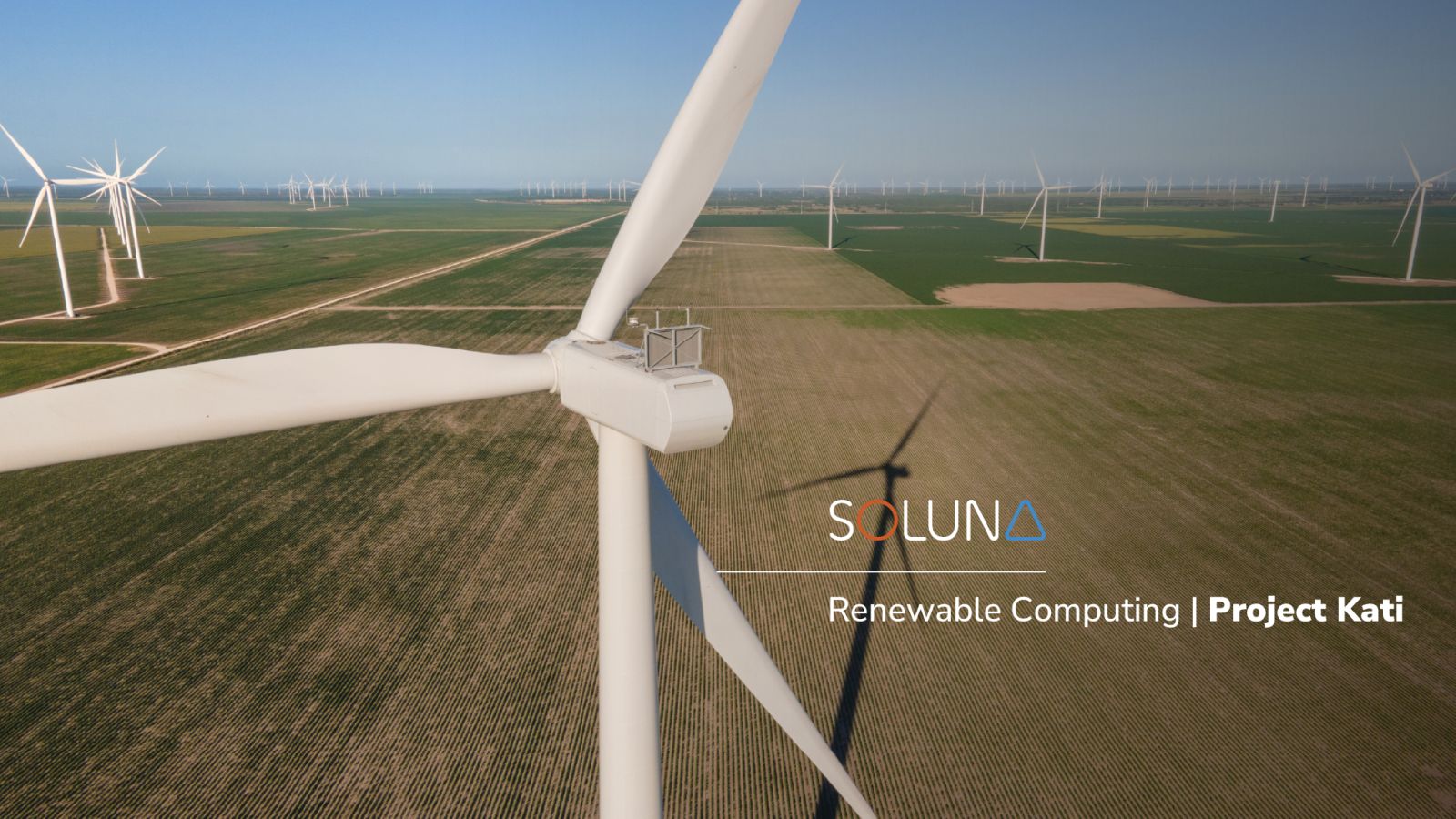
Project Kati is a 166 MW data center site that will power advanced computing applications, including Bitcoin mining and, potentially, artificial intelligence (AI). The project is in partnership with EDF Renewables and Masdar.
With two strategic land parcels now under contract—one for Bitcoin and one for AI—Soluna has cleared a major milestone in the development of the site. The shovel-ready project will be delivered in two phases, starting with 83 MW, and is expected to unlock new Bitcoin hosting and joint venture opportunities across the high-performance computing (HPC) landscape.
“We’ve entered into the agreements necessary to secure the land we need to build this strategic project,” said John Belizaire, CEO at Soluna. “We believe this milestone sets the stage for construction, investment, and innovation, and we’re now ready to move from vision to execution. Project Kati will be a cornerstone of our strategy to scale sustainable Bitcoin and AI infrastructure.”
Soluna will now focus on three key areas as the project moves toward construction in 2025:
The Company expects that Phase 1 of Project Kati—83 MW—would bring its operating capacity to over 206 MW, reinforcing its leadership in powering next-generation computing with renewable energy.
In keeping with its tradition of honoring women scientists, Soluna named Project Kati after Katalin “Kati” Karikó, the pioneering Hungarian scientist whose groundbreaking work made mRNA-based therapies and modern vaccines possible.
Closing of the land transactions is subject to the entering into of final agreements with Willacy County and Lyford School District related to potential tax abatements, the structuring of the data center transaction, and final Soluna due diligence.
Soluna | solunacomputing.com
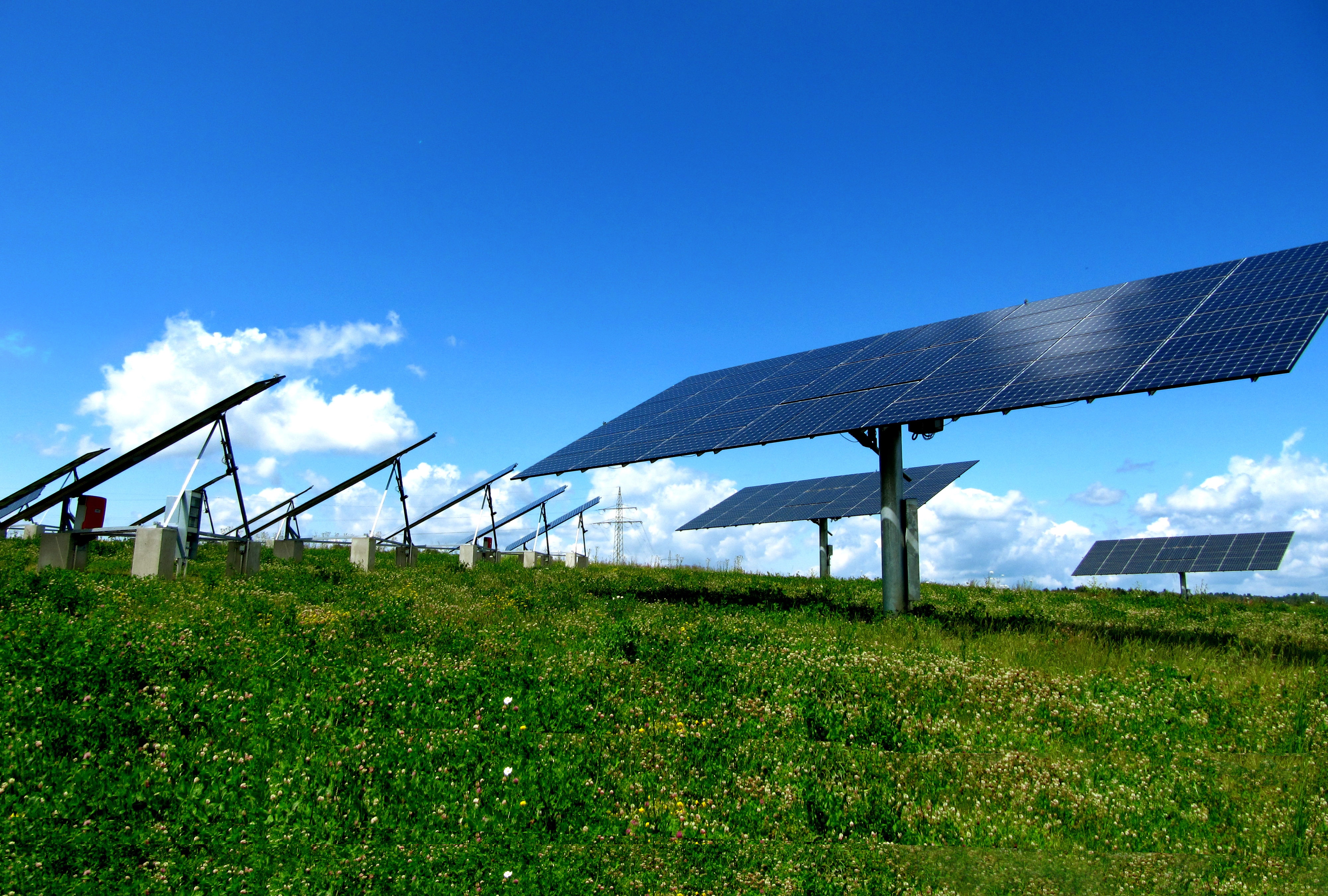
Strata Clean Energy is pleased to announce the appointment of Jason Moretz as Chief Development Officer (CDO). Jason has over 20 years of experience developing, executing and managing large-scale infrastructure and energy projects, that last decade of which has been solely focused on renewable energy development.

Jason most recently served as Executive Vice President and Head of Development at Avantus, where he led the development team in building one of the nation’s largest solar and storage pipelines and his leadership was instrumental in expanding Avantus' footprint into the desert southwest. He has a successful history of driving strategic priorities, building and leading teams and extensive expertise in land acquisition, permitting, interconnection strategy, and utility-scale project execution, making him a strong asset to Strata’s growth strategy.
“I’m excited to join the team and help drive the next phase of Strata growth through development, ensuring we continue to execute with efficiency and discipline,” said Jason. “Strata has a reputation for delivering high-quality renewable projects with precision and scale, and I look forward to advancing its growth even further.”
Jason holds a Ph.D. in Ecology from Ohio University and is a certified Project Management Professional (PMP). His proven ability to streamline development processes and optimize project execution will play a critical role in advancing Strata’s clean energy initiatives.
Strata Clean Energy | http://www.stratacleanenergy.com

Sila, a next-generation battery materials company, announced the start of the commissioning phase for its first auto-scale manufacturing plant in Moses Lake, Washington–Sila Moses Lake. This first processing unit starting commissioning marks a major event in the plant’s construction and start-up process.
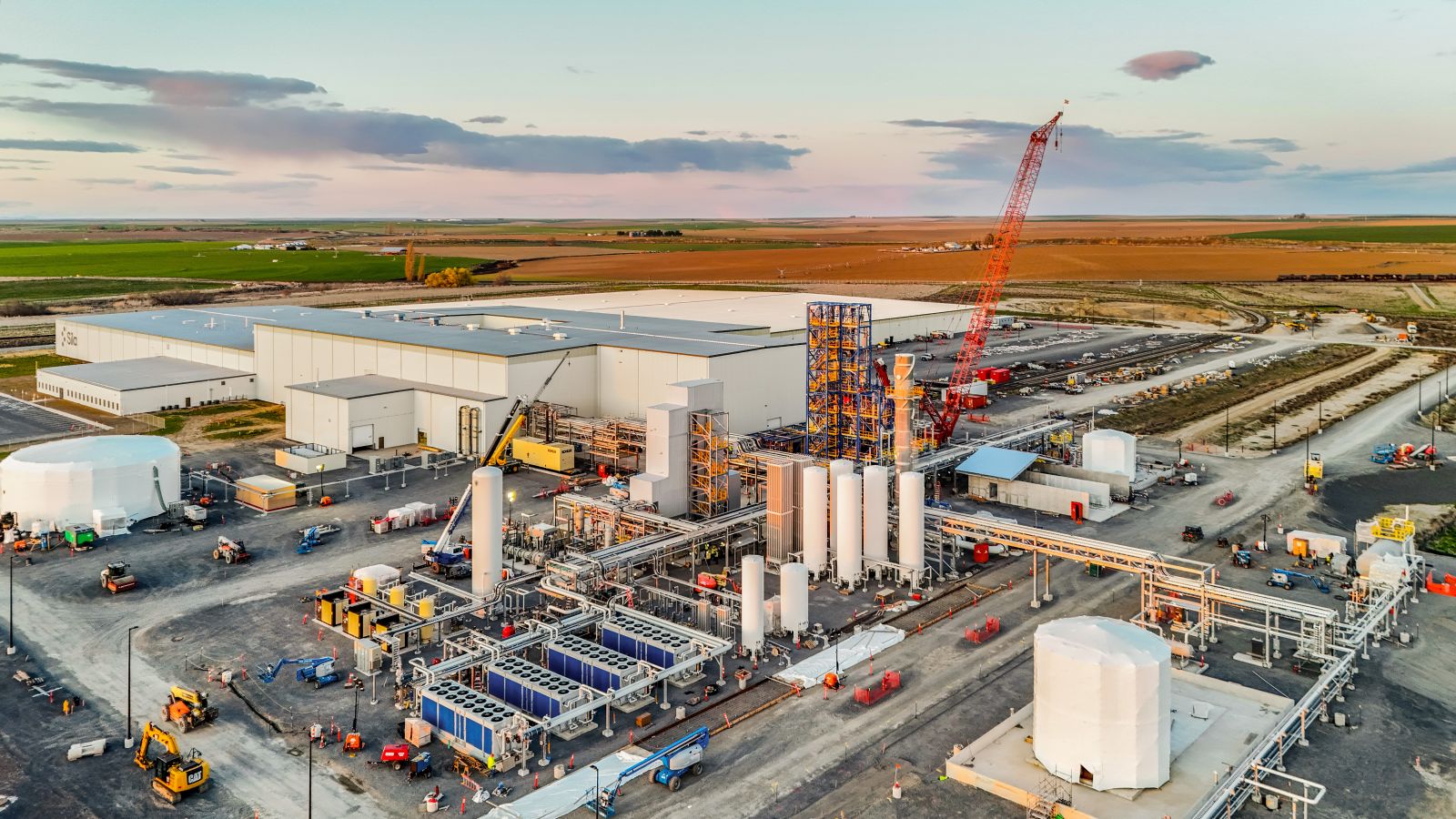
The commissioning stage verifies that all systems and components are working correctly to ensure successful operations. The process will include full mechanical completion, systems integration, equipment verification, and safety and compliance reviews to ensure operational readiness. The transition from the commissioning phase into material production remains on schedule for the second half of 2025.
Sila Moses Lake will produce Titan Silicon, Sila’s breakthrough silicon anode technology, at the capacity needed to deliver for multiple automotive customers, as well as a growing pipeline of consumer electronics and technology products. As demand grows for improved battery performance in everything from wearable devices and electric vehicles to drones and robotics, Sila’s plant plays a pivotal role in ensuring a domestic supply of a critical material used in lithium-ion batteries, reducing U.S. reliance on foreign supply chains.
“America has always led the world in innovation, but we’ve often fallen short when it comes to manufacturing that innovation at scale. Sila aims to change that,” said Gene Berdichevsky, Co-founder and CEO of Sila. “This milestone is proof that we can take cutting-edge technology and turn it into reality. It’s a tremendous accomplishment for the team, and more importantly, it strengthens our path toward greater energy independence.”
Sila | www.silanano.com
Alternative Energies Mar 31, 2025
Green buildings are transforming the way we design, construct and operate structures by focusing on energy efficiency, environmental responsibility and occupant well-being. As technology evolves, innovations like organic printed semiconductor systems....
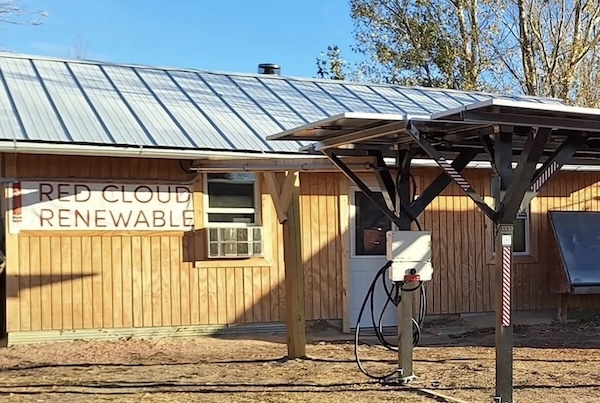
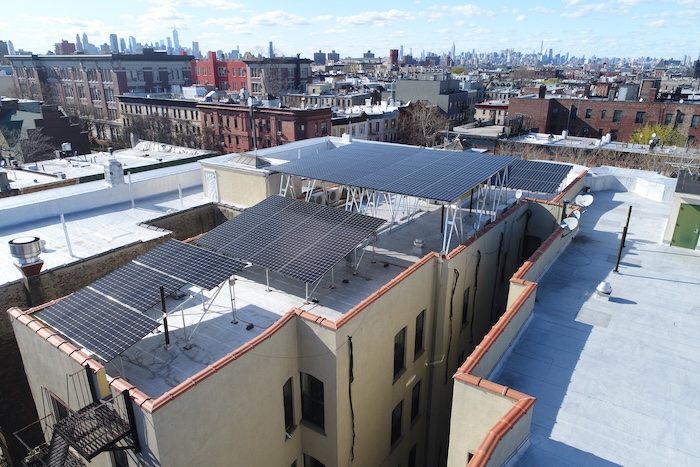
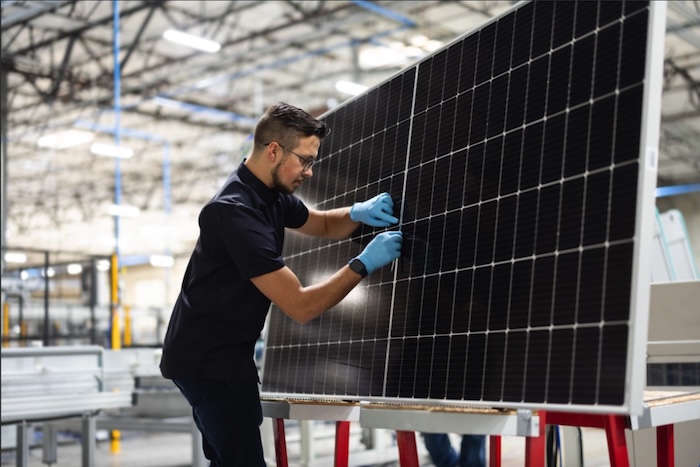
A historic milestone in renewable energy deployment has been reached in the United States, and it all started with the vision and leadership of Chief Henry Red Cloud at the Red Cloud Renewable Energy Center (RCR) in Pine Ridge, South Dakota....
Given the Trump administration’s past approach to renewable energy, solar developers and installers nationwide are bracing themselves for another period of lack of support for renewables. But the success of the Inflation Reduction Act’s (IRA) ....
The global solar industry has experienced substantial growth and maturation over the past decade. As a result, we now have easy access to high-efficiency solar panels equipped with extended warranties of 25 years or more. Considering that we rarely e....
Renewable energy sources such as wind an....
As wind energy continues to expand its r....
As the renewable energy sector continues....
Significant advancements in battery technology—including lithium-ion, solid-state, and other emerging technologies have occurred in recent years as was recently acknowledged by institutions such as the International Energy Agency and BloombergNEF([....
The move toward green, clean, sustainable energy will require a massive investment in research and development (R&D) to develop the innovations that will accelerate the modernization of North America’s electrical grids. Advancements in Battery ....
With the increase of electric vehicles on the road, there is growing demand for EV chargers. Drivers are left with a few different options: they can use a public charger, they can charge at work if they are lucky enough to have that option, or they c....
Green buildings are transforming the way we design, construct and operate structures by focusing on energy efficiency, environmental responsibility and occupant well-being. As technology evolves, innovations like organic printed semiconductor systems....
For fuel cell-powered transportation, the future hinges on investment in six key areas As a transportation mode that uses the universe’s most abundant element, one that’s renewable and yields zero tailpipe emissions other than water, hydrogen-....
As the global energy transition marches on, hydrogen remains a promising energy carrier for a decarbonized system. Demand for clean hydrogen is expected to increase two to four times by 2050, facilitating the shift to a carbon neutral grid and cleane....